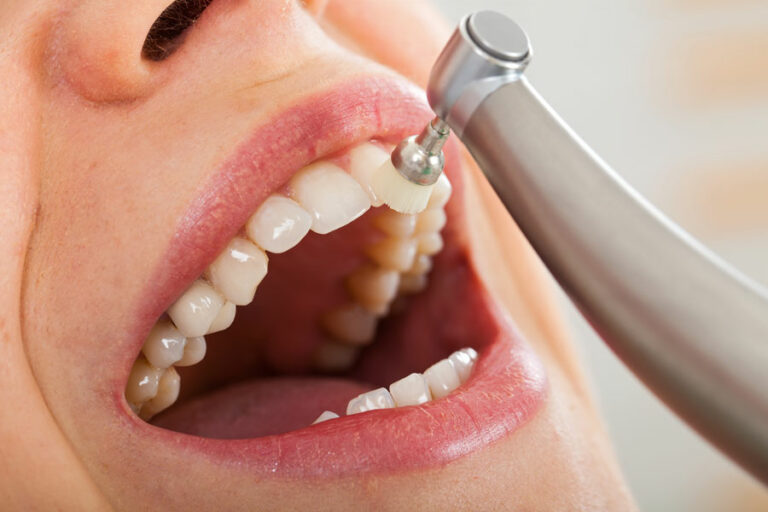What is dental polishing?
Dental tooth polishing is a procedure to make your tooth enamel stain-free, glossy and smooth. A dental teeth whitening procedure prevents underlying dental problems and improves the aesthetics of your teeth.
Many clinics have added dental polishers as tools for a standard cleaning procedure. However, the clients used to investing in dental polishers take up dental scaling to prevent tooth decay and freshen up the breath.
Dental polishers- Standard routine dental cleaning tools
Dental polishers contribute greatly to the customer’s experience and improve the efficiency of cleaning by the dental hygienists. Many questions pop up in mind when selecting ceramic polishing burs or dental polishers.
We will take a quick look at the benefits and cons of disposable dental polishers in line with dental scaling:
What are the benefits of dental polishers?
The benefits of dental polishers are somewhat under the limelight and a topic for debate within the industry. A clinical review published in 2018 determined that the dental polishers reduced the buildup of plaque on the teeth. However, another review in the same dental journal stated otherwise.
Dental polishers are both, healthy and cosmetic to improve the aesthetics of your teeth and to remove the bacteria. They also eradicate unwanted biofilm and plaque to retain healthy gums.
In general, the benefits of dental polishers are as follows:
- Efficient stain and micro-debris removal
- Reduced fatigue and strain on teeth
The link between dental polishers and dental scaling
However, the use of dental polishers goes beyond the purpose of retaining a white smile. Dental polishers are used in line with the procedure of dental scaling to scrape off tartar and plaque from the teeth using sharp yet hygienic metal tools.
Dental polishing and scaling go hand in hand because the polishers remove micro debris while the other procedure removes debris to give shiny, white, and smooth teeth enamel.
Elements to consider when investing in dental polishers
Disposable dental polishers are the talk of the town because there are only a few elements to consider:
Don’t let the disposable shank fool you
If you are using disposable dental polishers, ensure that the shank does not bend. If you get a wobbly sensation, don’t insert it as the shank is connected inappropriately. The feel of the instrument is a bit off if the tip of the shank is not stable.
Go for simple polishing steps
For someone familiar with dental polishers, you might already know that polishing involves a lot of preparation steps. However, the steps for novice users might be confusing as disposable dental polishers require additional preparation steps.
If you are someone who gets overwhelmed by the preparation steps, use the KENDA formula to get through the procedure.
Check for the neck of your dental polishers
A tapered neck provides better visibility and a finer appearance. However, trying out samples of dental polishers is necessary as you might not want to end up with straight or oversized necks of dental polishers.
Who should not use dental polishers?
Don’t use dental polishers if you have:
- Cushing or Addison’s disease
- Underlying respiratory and infectious illnesses
- Hypertension
Takeaway
Dental polishers are standard cleaning tools that dentists use during your biannual dental exam. The extensive use of dental polishers can give you whiter, cleaner, and smoother teeth with a vibrant smile.




